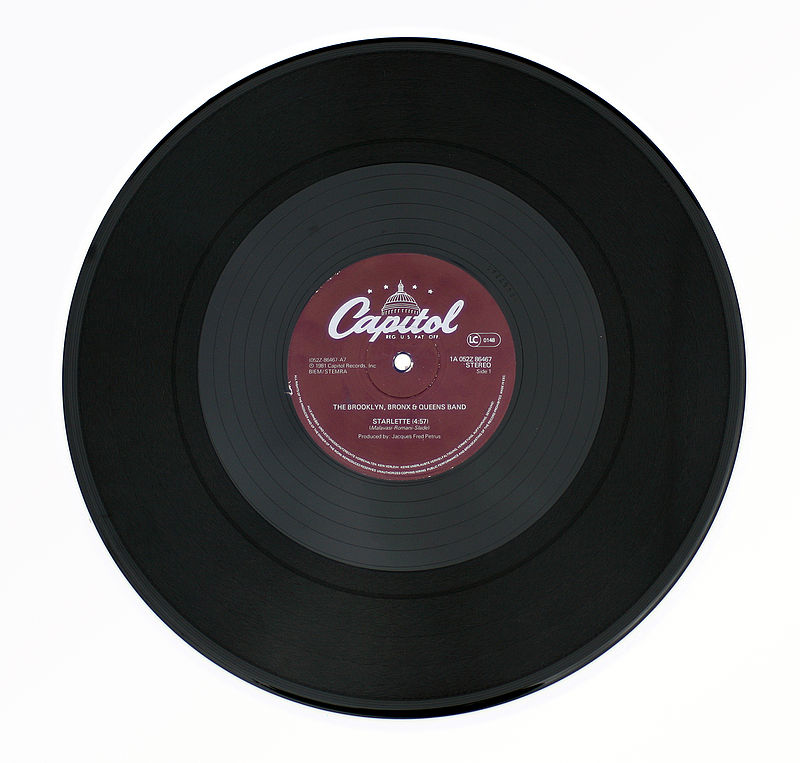
The Musical Context of Rap in America
The post-Civil Rights decade of the 1970s provided the context for the growth of hip-hop culture. Political initiatives begun in the wake of the civil rights movement, such as Affirmative Action, aided the integration and participation of African Americans in the U.S. mainstream. Additionally, the 1970s saw the introduction of a new era of Black popular music, which reflected the growing optimism among the masses of African Americans in the wake of the tumultuous decade of the 1960s. Drawing on and reshaping past musical styles-jazz, blues, gospel, rhythm and blues, rock and roll, and soul-African American artists created new and diverse forms of contemporary Black popular music (Maultsby 1979, BM10), most notably disco and funk. Likewise, disco and funk were instrumental in the development of rap music.
As discussed in lesson 23, the basis of disco sound was soul or gospel-style vocals, an orchestral arrangement supported by punctuating horn lines, and a driving rhythm section with bass-drum rhythms accenting all four beats. In addition, hi-hat cymbals subdivided the beats, such as in Barry White's song " You're the First, the Last, My Everything" (1974). Dance club DJs later advanced the disco concept by spinning records on a nonstop basis. The invention of the twelve-inch vinyl record facilitated the continuous play model, extending or even doubling the playing time of a single 45 rpm record. The twelve-inch was to become the main staple in the vinyl collection of early hip-hop disc jockeys.
Alongside the disco craze was funk. James Brown pioneered funk music and advanced what he refers to as an "on the one feel" (Vincent 1995, 8), a more earthy, gritty sound, characterized by interlocking horn and rhythm section groove lines peppered with his preachy vocals and grunts such as in his 1965 song " I Got You." Many funk audiences liked party music that adhered to an earthy, blues-based foundation without yielding to the crossover demands of the mainstream music industry. Inner-city youth of New York City preferred funk over disco. That fact that James Brown, George Clinton, and others' music would come to rank as the most sampled in hip-hop is a testament to its widespread popularity.







